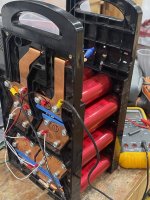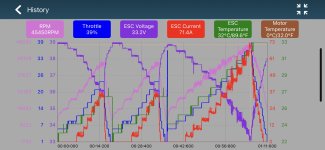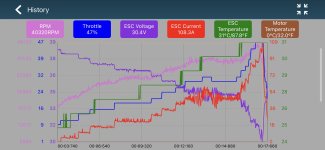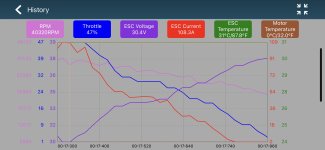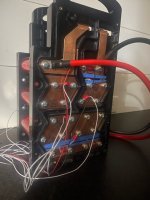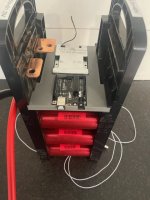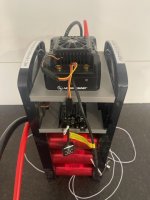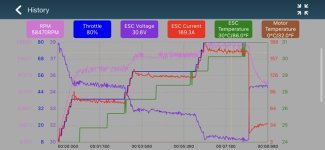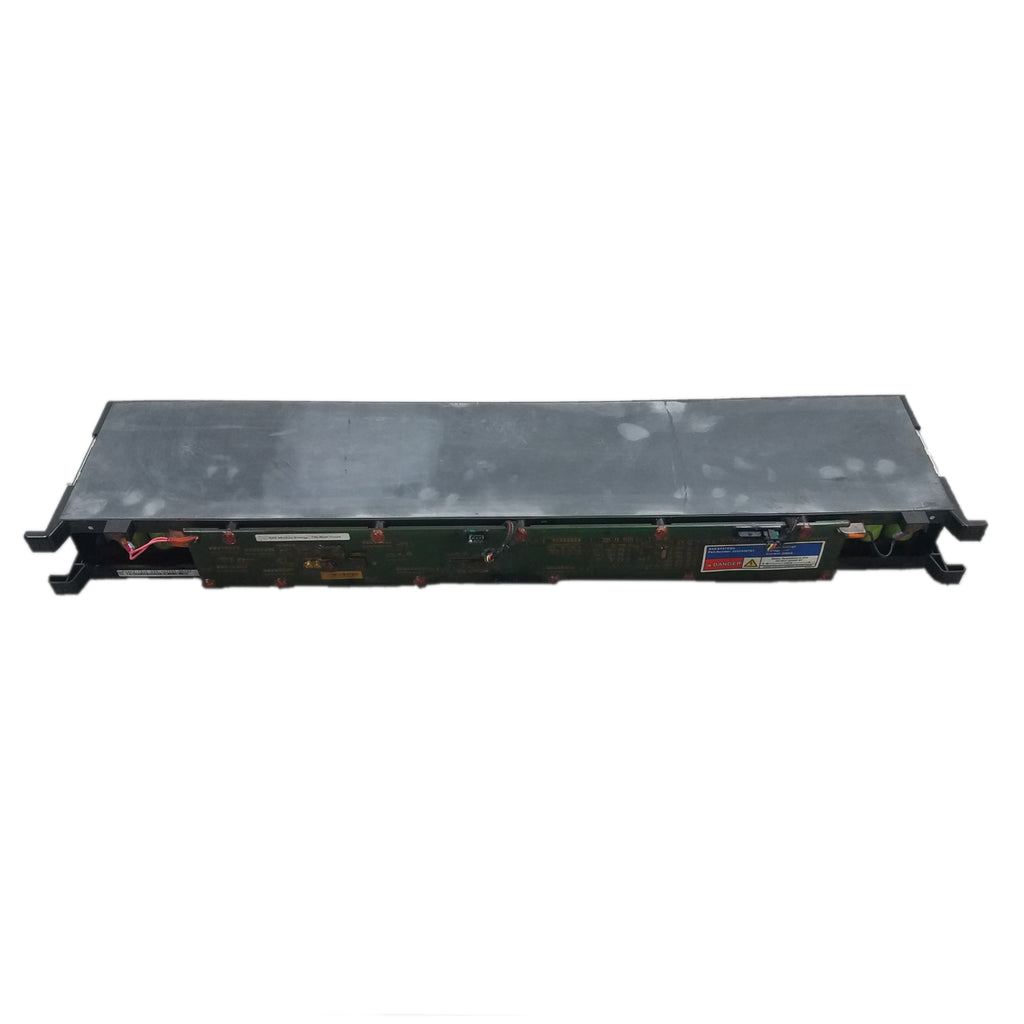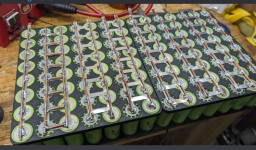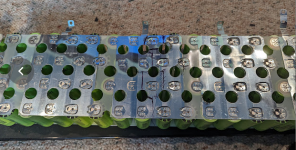GTHound
Active member
Ahh, that is good advice and makes sense now that I think about it. First of all, I am still working on the mechanical coupling of the motor and compressor, so I like the idea of limiting the RPMs a bit. This will give the electrical system (motor, ESC, and batteries) a harder work out while I gain confidence in the mechanical side of things.I'm really eager to see how those cells work out - please keep us posted. My own experience tells me that until you put the compressor on the engine, you won't know how fast the motor will actually turn - not one motor I've tried has been able to hit it's rated kv in actual use, though some were closer than others. I'd start with testing with the compressor wide open - that'll put the heaviest load on it and limit the rpm to a lower level than it'll likely be on your engine. Just my two cents.
I think what that means is that I can set my “snorkus” aside. I just 3D printed mine out of TPU. I appreciated the practical bench testing advice. So, there is no issue building pressure wide open?
My BMS is passive and doesn’t have any LEDs or anything. So I didn’t think that my battery management system was working. But after sitting for 10 days the whole system was at 3.333 volts. One cell had 3.332 and one had 3.334. But it does indeed work to balance the cells.

